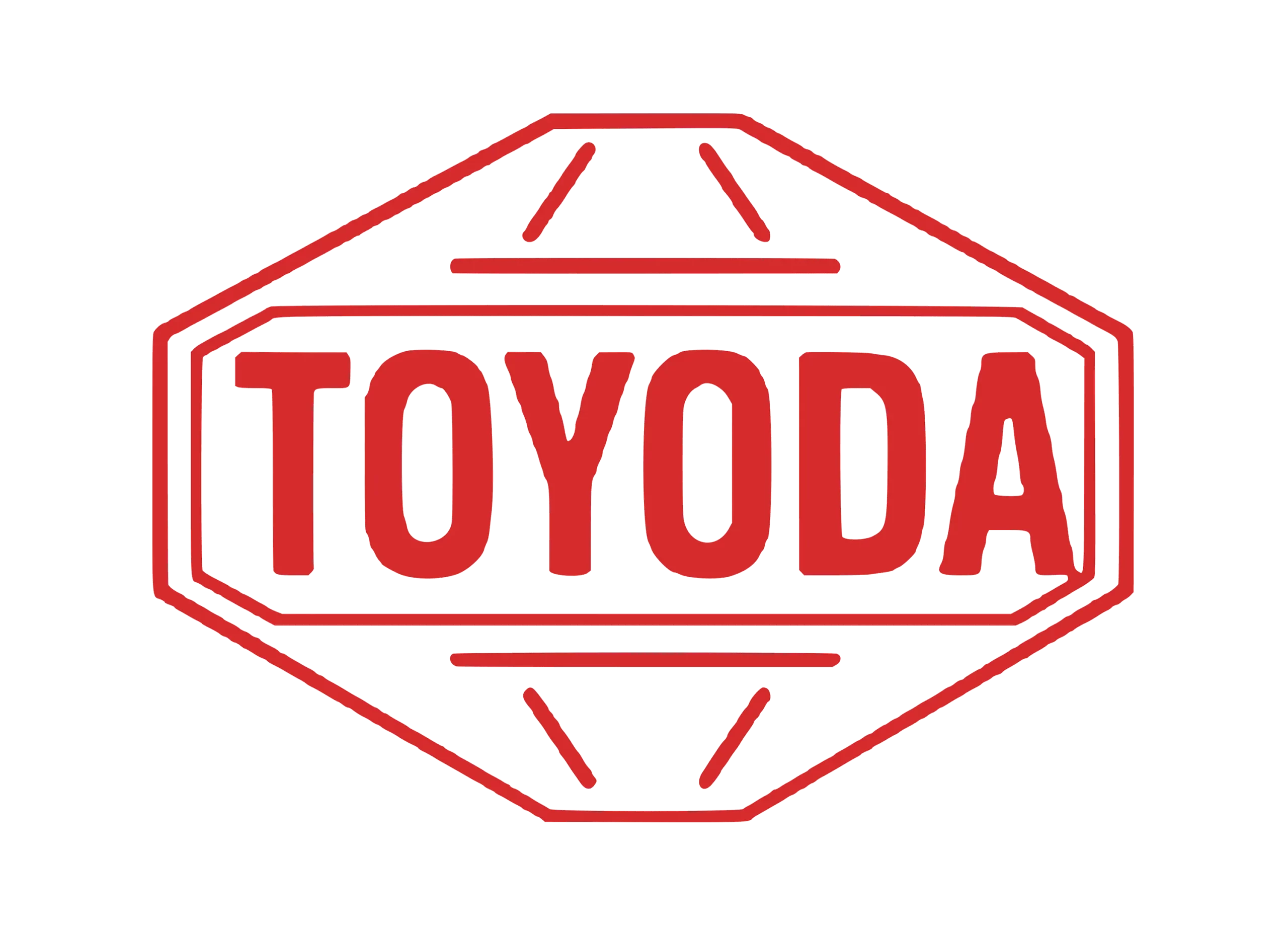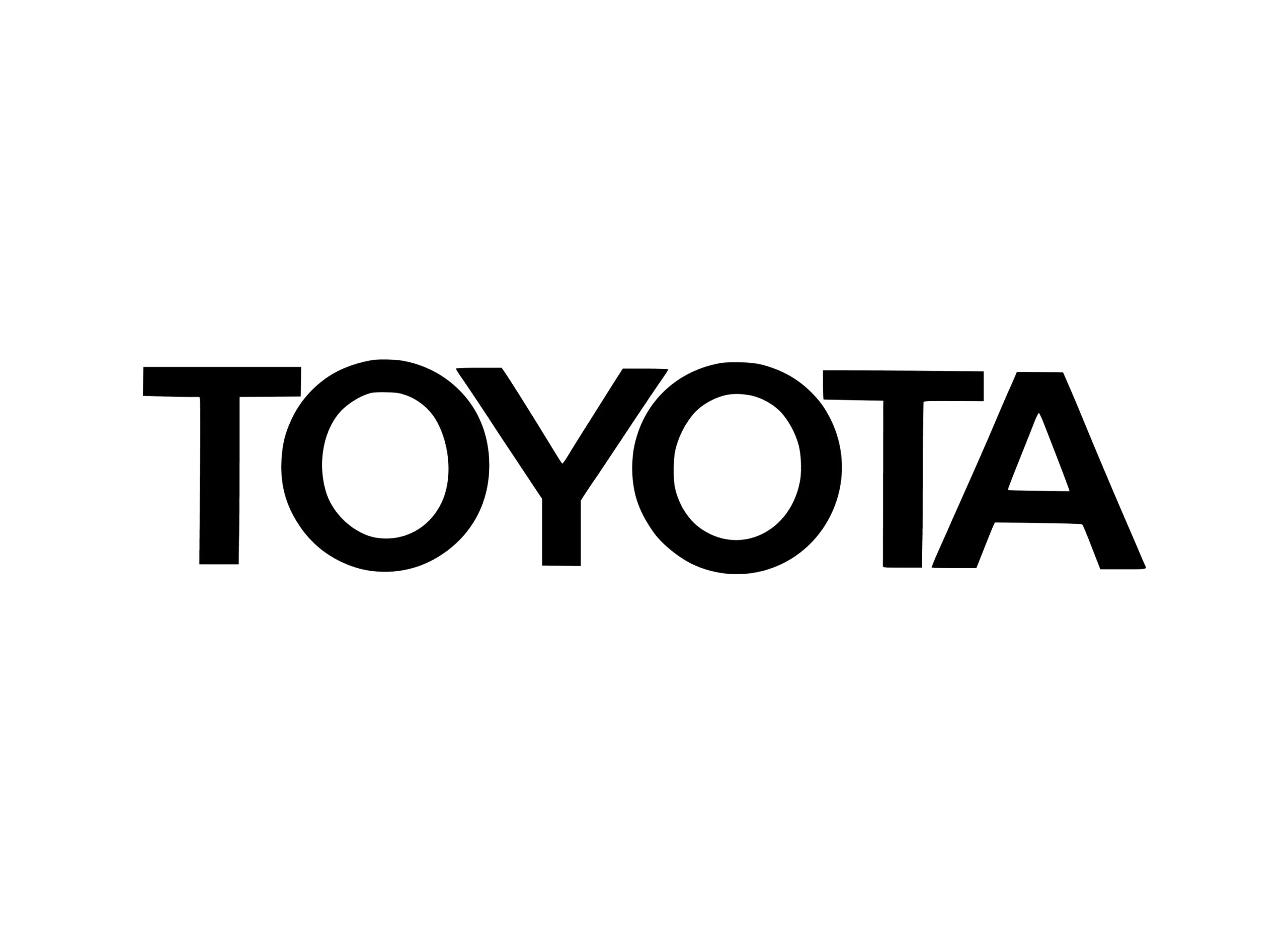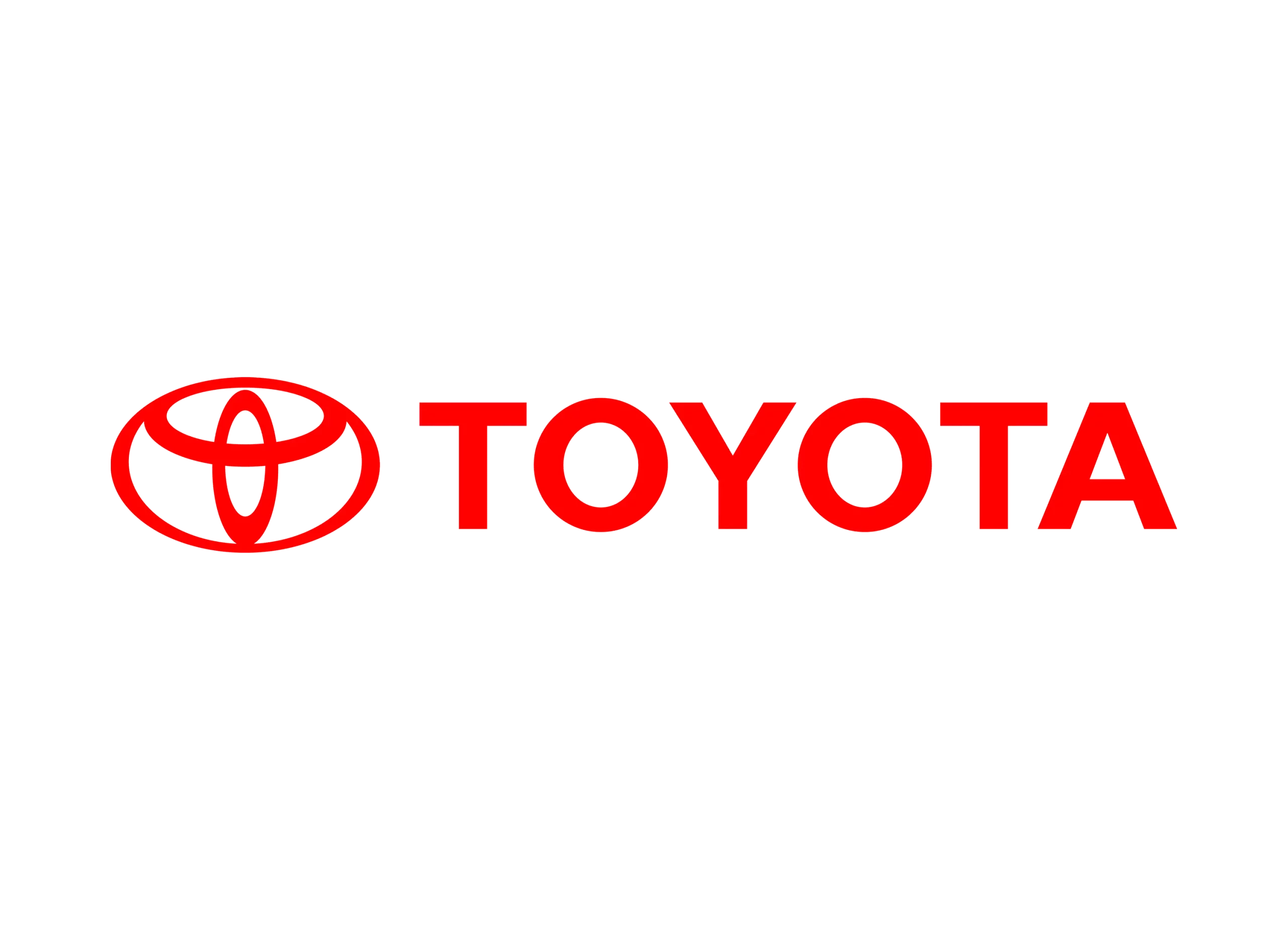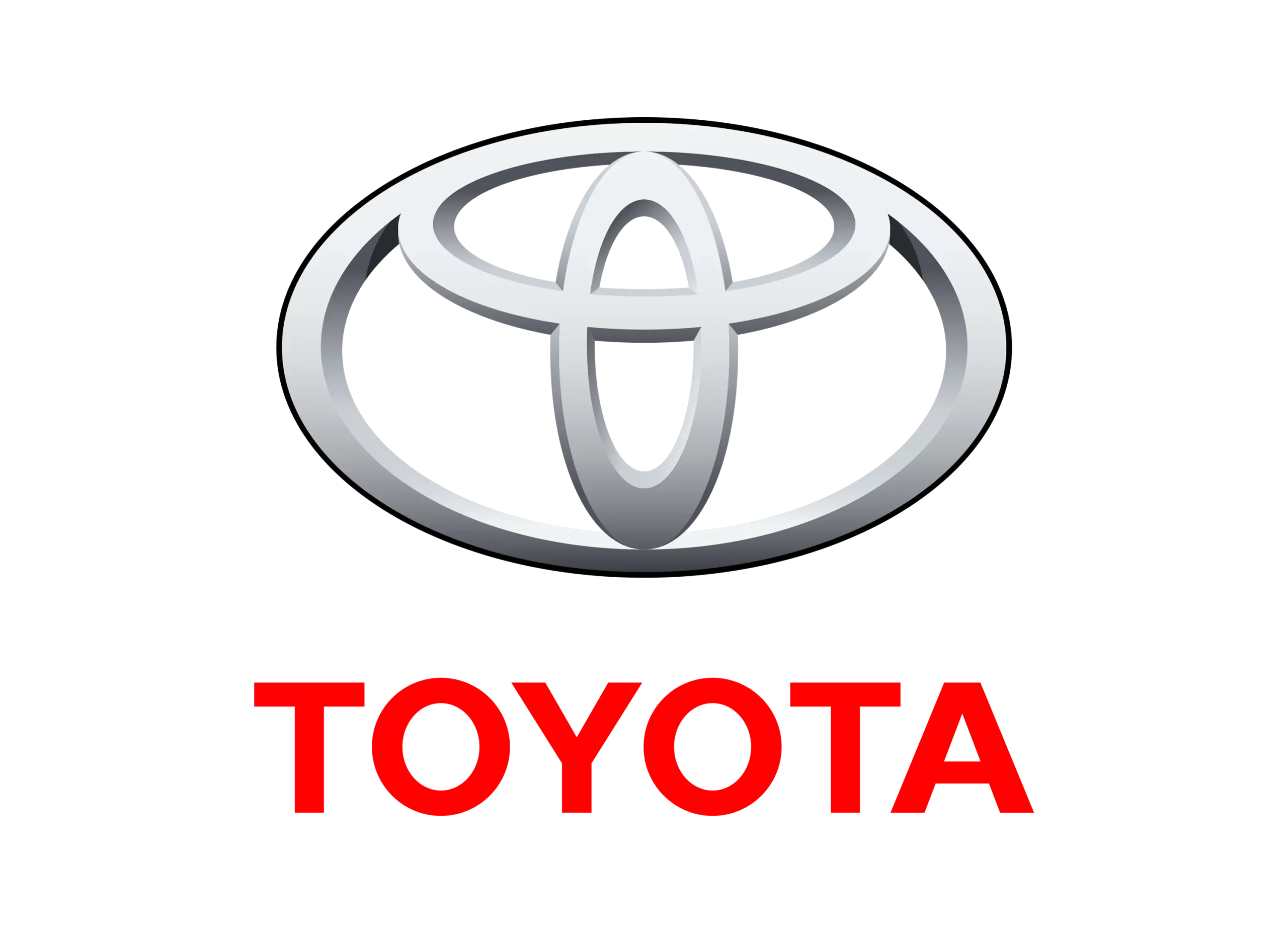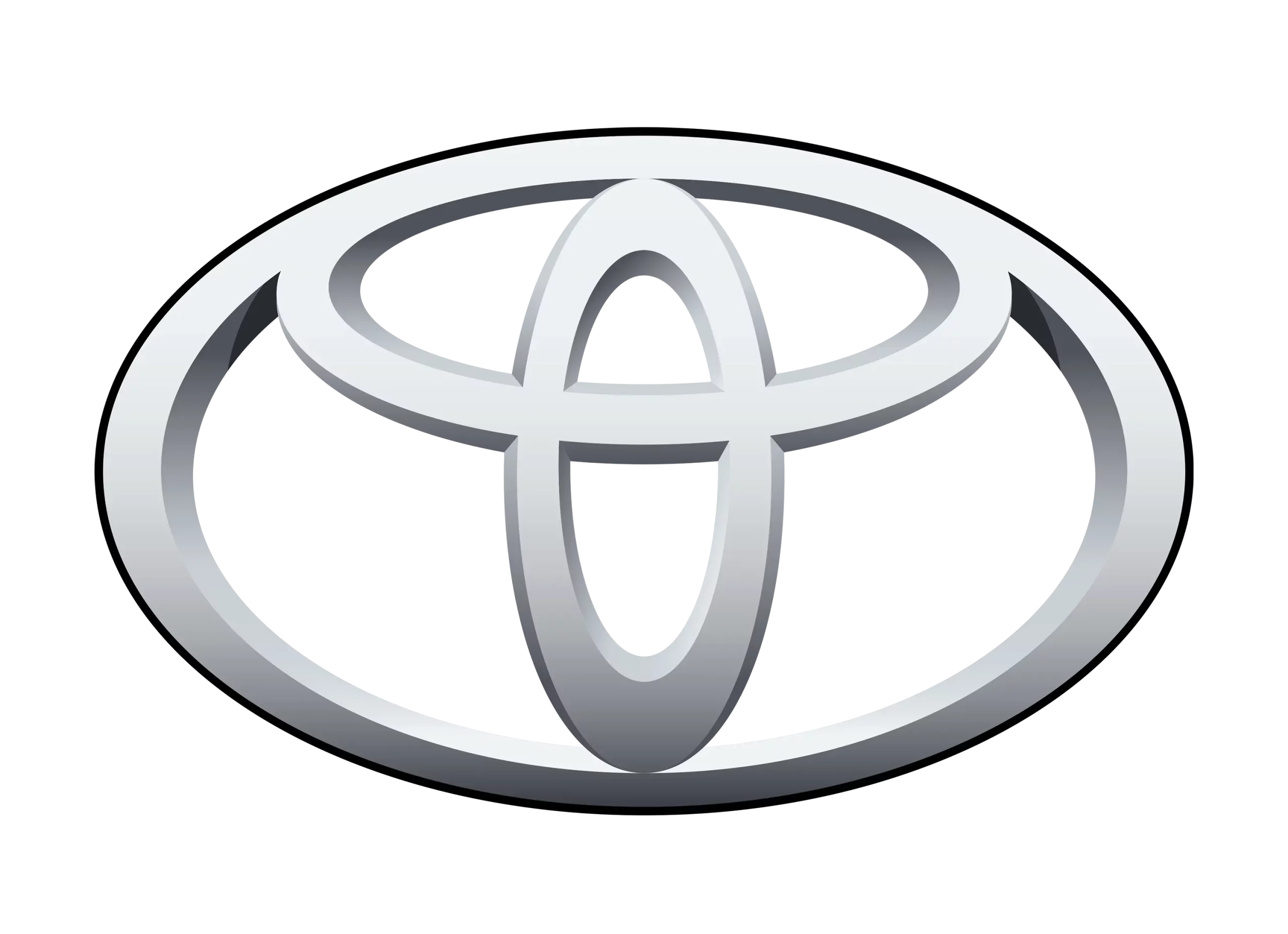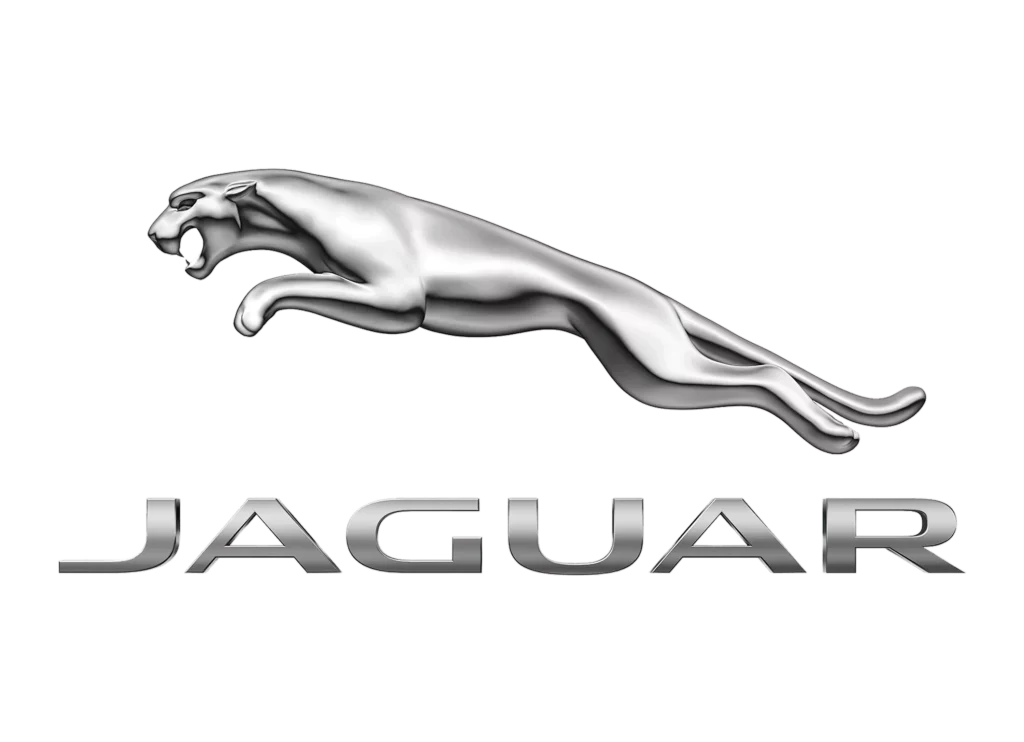Toyota logo
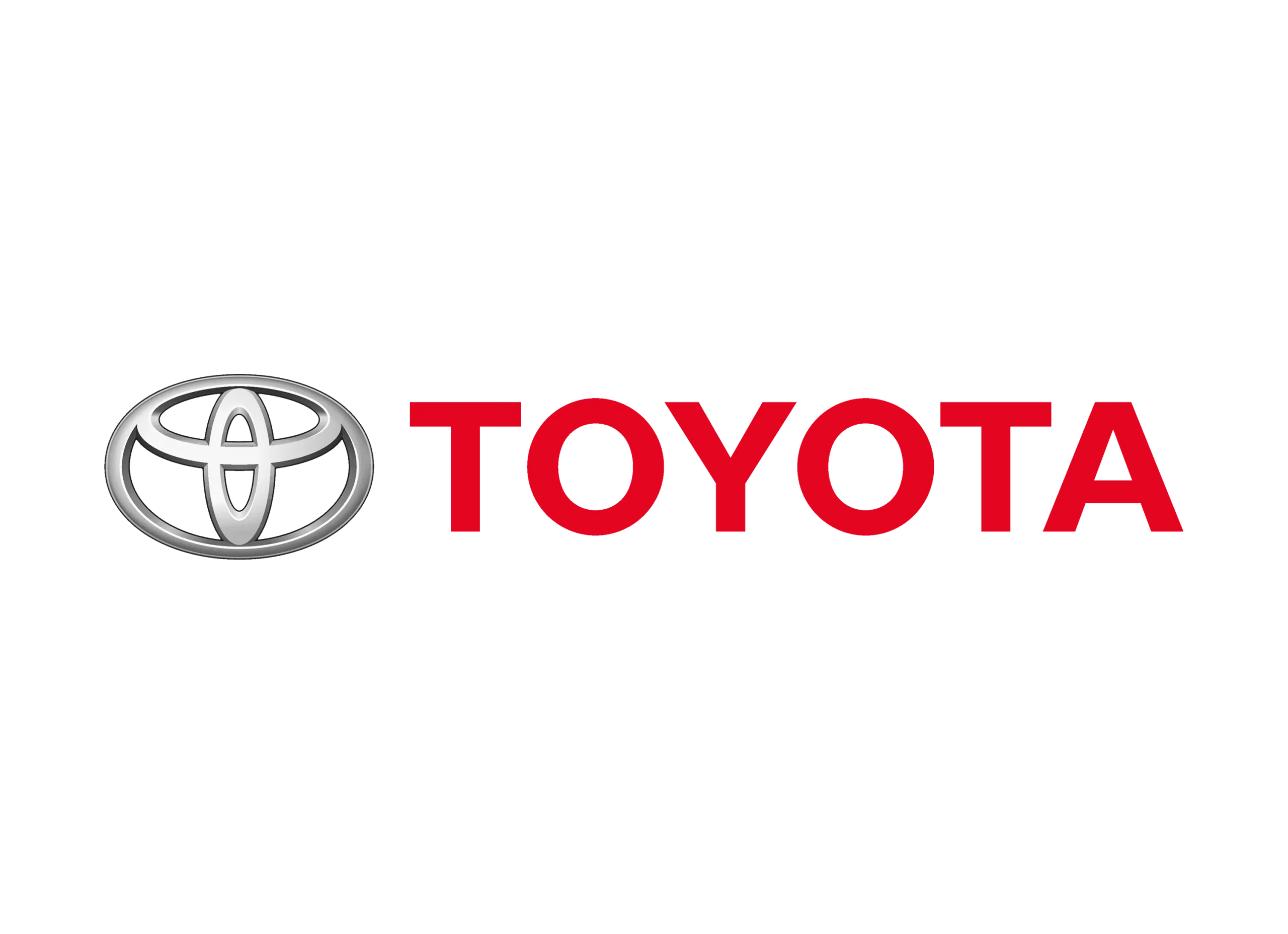
The Toyota logo is one of the most recognizable automotive logos in the world. It features a simple yet distinctive design that has become synonymous with the Toyota brand.
The logo consists of three overlapping ovals, with two perpendicular to each other and the third intersecting them in the center. The ovals are all slightly elongated and tilted, giving the logo a sense of motion and dynamism.
The logo is often interpreted as representing a stylized version of the letter “T” for Toyota, but the company has stated that the design is meant to represent a bird’s eye view of a steering wheel, with the intersecting ovals representing the driver’s control over the vehicle.
The logo is usually displayed in red, which is meant to represent passion, energy, and excitement, but it can also be displayed in other colors depending on the context. The font used for the “Toyota” name is also unique, with a bold and modern style that emphasizes the company’s commitment to innovation and forward-thinking.
Overall, the Toyota logo is a perfect example of minimalist design that manages to convey a sense of movement, energy, and sophistication in a simple and elegant way. Its distinctive shape and bold use of color make it instantly recognizable, and it has become an iconic symbol of the Toyota brand and its commitment to excellence.
Toyota Brand Overview
1937
Kiichiro Toyoda
Toyota City, Japan
Toyota is a leading automotive manufacturer known for its innovative technology, high-quality vehicles, and global reach. With its headquarters in Toyota City, Japan, the company produces a wide range of vehicles under various brands, including Toyota, Hino, Lexus, Ranz, and Daihatsu.
Toyota has a strong focus on sustainability and has been a pioneer in the development of hybrid and electric vehicles. In fact, the company is the global market leader in sales of hybrid electric vehicles, helping to encourage the mass-market adoption of sustainable transportation options around the world.
Toyota has a reputation for producing reliable and durable vehicles, with many of its models becoming household names around the world. The company’s commitment to quality is reflected in its slogan, “Let’s Go Places,” which speaks to Toyota’s belief in the power of mobility to inspire people and enrich their lives.
With a presence in over 160 countries and regions, Toyota has established itself as a global brand with a strong reputation for excellence. From compact cars to commercial trucks, luxury vehicles to off-road SUVs, Toyota offers a diverse range of vehicles to suit the needs of drivers around the world.
Toyota History
Toyota Motor Corporation is a Japanese multinational automotive manufacturer headquartered in Toyota City, Aichi, Japan. The company has a rich history dating back to the early 1900s when founder Sakichi Toyoda invented an automated loom that revolutionized the textile industry. This innovative spirit has continued to drive the company’s success, making Toyota one of the largest and most successful automakers in the world.
Toyota was established as a division of Toyoda Automatic Loom Works in 1937, with the goal of producing affordable automobiles for the Japanese market. The company’s first car, the Toyota AA, was launched in 1936, and it quickly gained popularity among Japanese consumers for its reliability and affordability.
However, it wasn’t until after World War II that Toyota truly began to establish itself as a major player in the global automotive industry. In the post-war years, Japan was in desperate need of affordable transportation, and Toyota responded by producing the Toyopet, a small and affordable sedan.
Despite initial success in the Japanese market, Toyota struggled to break into the global automotive industry due to quality control issues and a lack of international brand recognition. However, in the 1960s, the company began to make significant improvements to its production processes and quality control measures, which ultimately led to a breakthrough in the American market.
In the 1970s and 1980s, Toyota continued to expand its global presence, launching new models like the Corolla and Camry, which became some of the best-selling cars in the world. The company also made a significant commitment to sustainability, developing its hybrid technology with the introduction of the Prius in 1997, which quickly became the world’s best-selling hybrid vehicle.
Today, Toyota is one of the largest and most successful automakers in the world, with a diverse range of vehicles sold under various brands, including Toyota, Lexus, and Hino. The company has a strong focus on innovation and sustainability, with a goal to create a more prosperous society through the development of sustainable mobility solutions.
In addition to its success in the automotive industry, Toyota has also become a leader in other areas, including robotics, material handling, and other innovative technologies. This diverse portfolio reflects the company’s commitment to ongoing innovation and its mission to make a positive impact on society.
Overall, Toyota’s history is one of innovation, quality, and success, driven by a commitment to excellence and a willingness to adapt and evolve with changing times. As the company continues to push the boundaries of what’s possible, it’s clear that Toyota will continue to play a significant role in shaping the future of the automotive industry and beyond.

